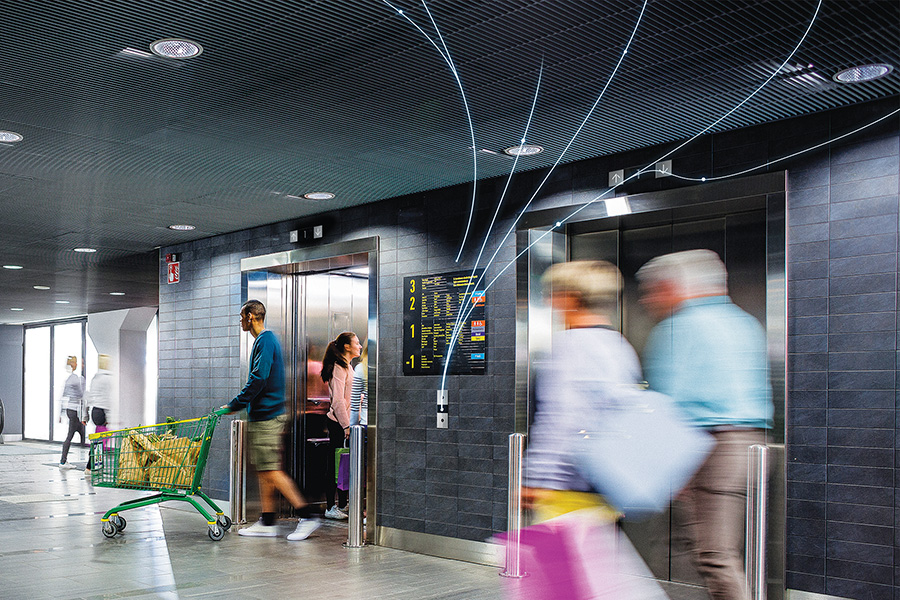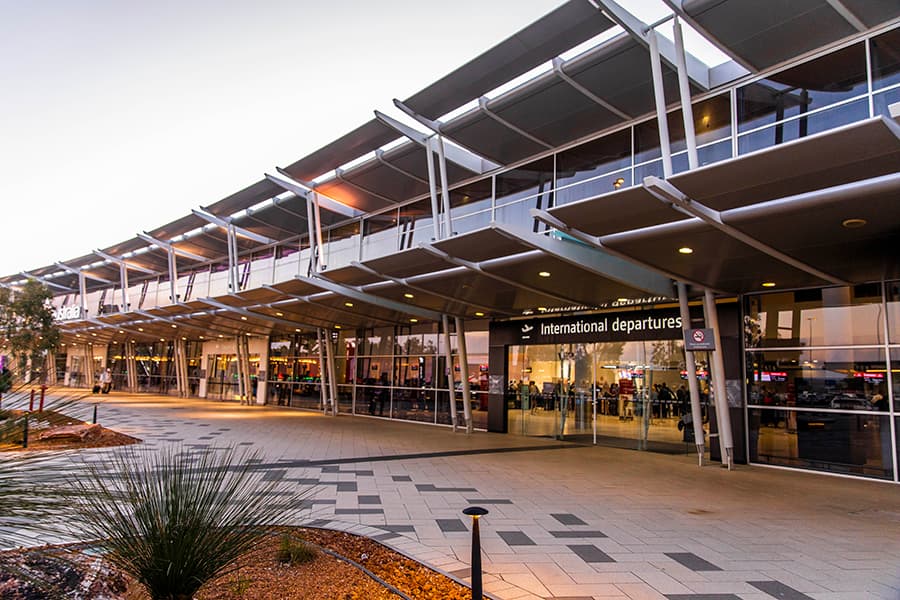Technology has developed at breakneck speed in the last five years alone. What was only science fiction until a few years ago is quickly becoming a reality. And it’s safe to say that tech is changing the face of industries across Australia, and retail is no exception.
It’s therefore crucial for forward-looking retailers to be clued in on the technology defining the standards of today’s consumers.
In this article, Daniel Groves takes a look at five key technological advances that retailers need to know and potentially integrate into their business.
Five technologies transforming the Australian retail industry:
1. Augmented Reality (AR)
Augmented Reality (AR) is quickly becoming a powerful tool and a must-have in the Australian retail industry.
All this is due to the fact that AR integration not only adds value to the customer experience but also helps build consumer relationships and increase sales.
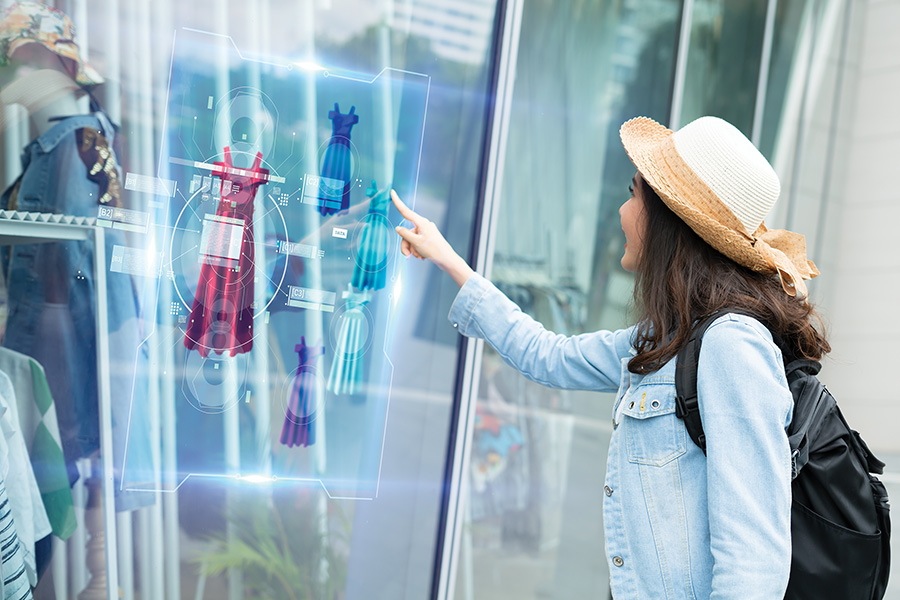
By leveraging AR technology, retailers allow their consumers to interact with their products in a way they traditionally couldn’t. From the convenience of a virtual fitting room to an interactive game that provides consumers with detailed information about a product, or even an AR-powered store navigation guide, the potential is indeed endless.
2. Virtual Reality (VR)
According to McKinsey, around 60% of consumers prefer to experience at least one activity in the immersive world versus the physical alternative.
It’s safe to say that virtual reality (VR) provides ample opportunities for Australian retailers to reach customers outside their immediate area.
By wearing a VR headset, customers can virtually explore stores on the other side of the country and try their products in a three-dimensional space. This has proven useful, especially in retail sectors such as fashion, cosmetics and furniture, where the customer wants to check how a product looks before they commit to buying it.
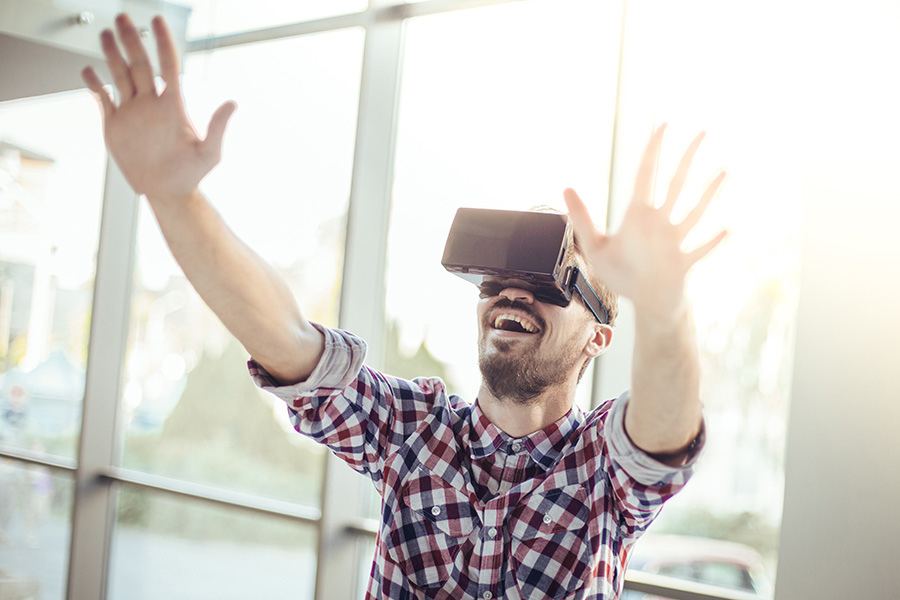
VR technology in retail isn’t only useful for consumers. Retailers can also use VR to replicate real-life situations and train their employees in how to deal with different customer-facing situations. These can range from responding to customer complaints to emergencies, such as a fire drill.
3. Social commerce
Social commerce, the practice of selling your products through social media, is a rapidly growing technology in retail. In fact, it’s expected to reach $3.31 billion by 2028.
Unlike traditional e-commerce, social commerce directly integrates shopping features into the social media experience. This creates a more interactive and personalised journey for users and helps convert casual followers into repeat customers.
Social storefronts are one of the easiest ways for retailers to get started with social commerce. Other initiatives, including shoppable posts and ads, encouraging Australian consumers to post user-generated content and integrating easy-to-use in-app purchase options, should also be part of any retailer’s social commerce strategy.
Though this kind of online shopping is still in its infancy, social commerce is only expected to become more popular with time. Therefore, retailers should plan ahead to understand what this means for their brand, and how to leverage this technology to the maximum.
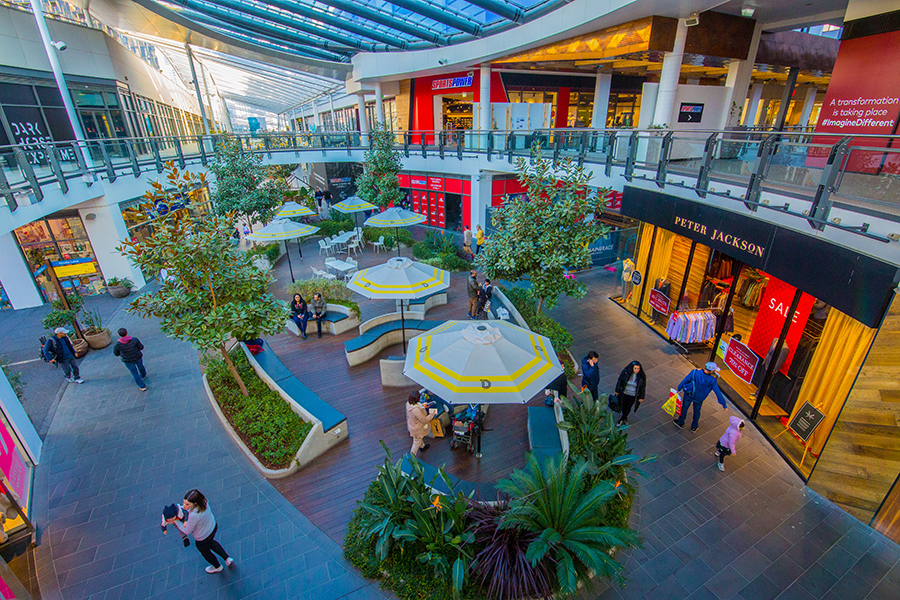
4. Shopping in the metaverse
In the rapidly evolving technological landscape, metaverse shopping is emerging as an interesting sales and marketing route for forward-looking retailers.
The metaverse can be defined as a dynamic, open and collective shared space – essentially, a digital environment that users can explore.
In the metaverse, retailers have the opportunity to set up a virtual shop where users can buy virtual replicas of physical products. Not only that, these virtual shops can become hangout spots where loyal fans of the brand come together, interact and learn more about the brand.
There are several metaverses that retailers can set up a virtual shop in, including popular ones like Decentraland and The Sandbox. However, larger retailers can also create their own metaverse to function as virtual showrooms, where users from all over Australia – and around the world – can access the retailer’s latest products.
5. Logistics automation
Combining elements of AI, logistics analytics, and robotics, logistics automation technology is one of the most exciting pieces of tech to enter the retail space in recent years. With a wide range of possible forms and applications, this arm of technology has opened up a world of opportunities for business-savvy retailers to increase efficiency while reducing costs.
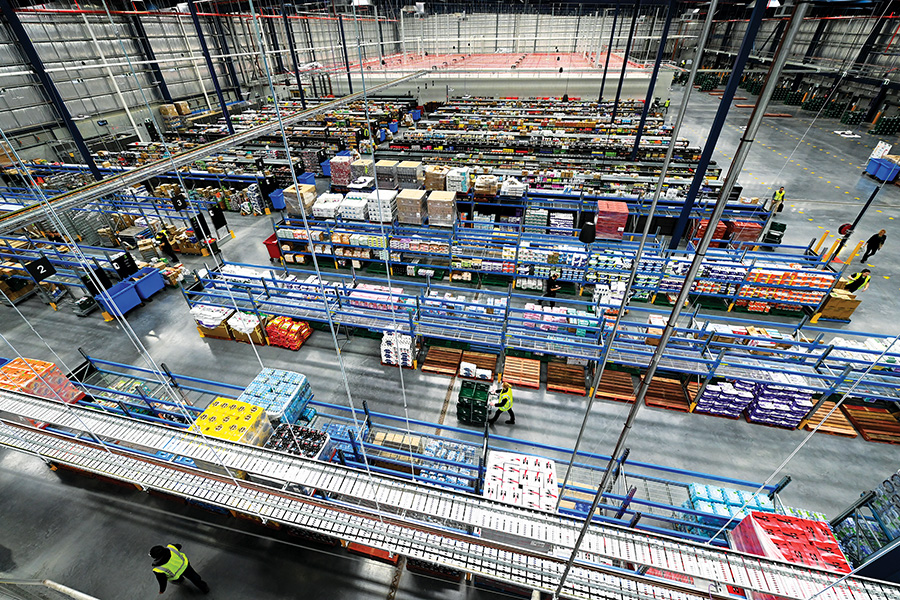
Some examples of logistics automation technology that can transform the Australian retail industry are:
Internet of Things (IoT): The “Internet of Things” is a tech category that focuses on creating a network between several devices so that they can exchange key data over the internet.
Through IoT, devices like smart shelves can keep track of inventory levels and automatically trigger new orders when certain items look like they’re about to run out. Undoubtedly, this technology not only increases productivity and efficiency but also helps retail businesses gather precise data-driven insights.
Automated Returns Management Systems: Automated returns management systems enable retailers to maximise their efficiency when processing product returns. This technology uses purpose-built algorithms to analyse individual returns cases and determine what to do with the product – whether that’s restocking, refurbishing, reselling, or liquidation.
Data Capture Software: Smooth retail operations depend on processing large amounts of data, retrieved from documents, emails and other online communications. However, manual data entry is time-consuming, not to mention, prone to human error. Data capture software eliminates all this. By using AI-powered pattern recognition and anchor keywords, this software can extract data from large volumes of documents without human intervention.
Conclusion
Undoubtedly, the future of the Australian retail industry is inextricably linked to advanced technology. With augmented reality, virtual reality and metaverse shopping, retailers can really push the envelope and expand their business beyond brick-and-mortar.
On the other hand, with social commerce and logistics automation, retailers have the power to attract more potential consumers, and effectively handle the higher demand.
As the industry goes through the technological paradigm shift we’re all experiencing at the moment, it’s more important for retailers to belt up and prepare for the next era in retail.
Daniel Groves is a business coach and author who specialises in technology and business growth. Daniel is constantly developing his knowledge and sharing his experience with like-minded entrepreneurs, business owners, and growth strategists. Contact danielmgroves.co.uk/. Connect on LinkedIn: danielgroves90.


